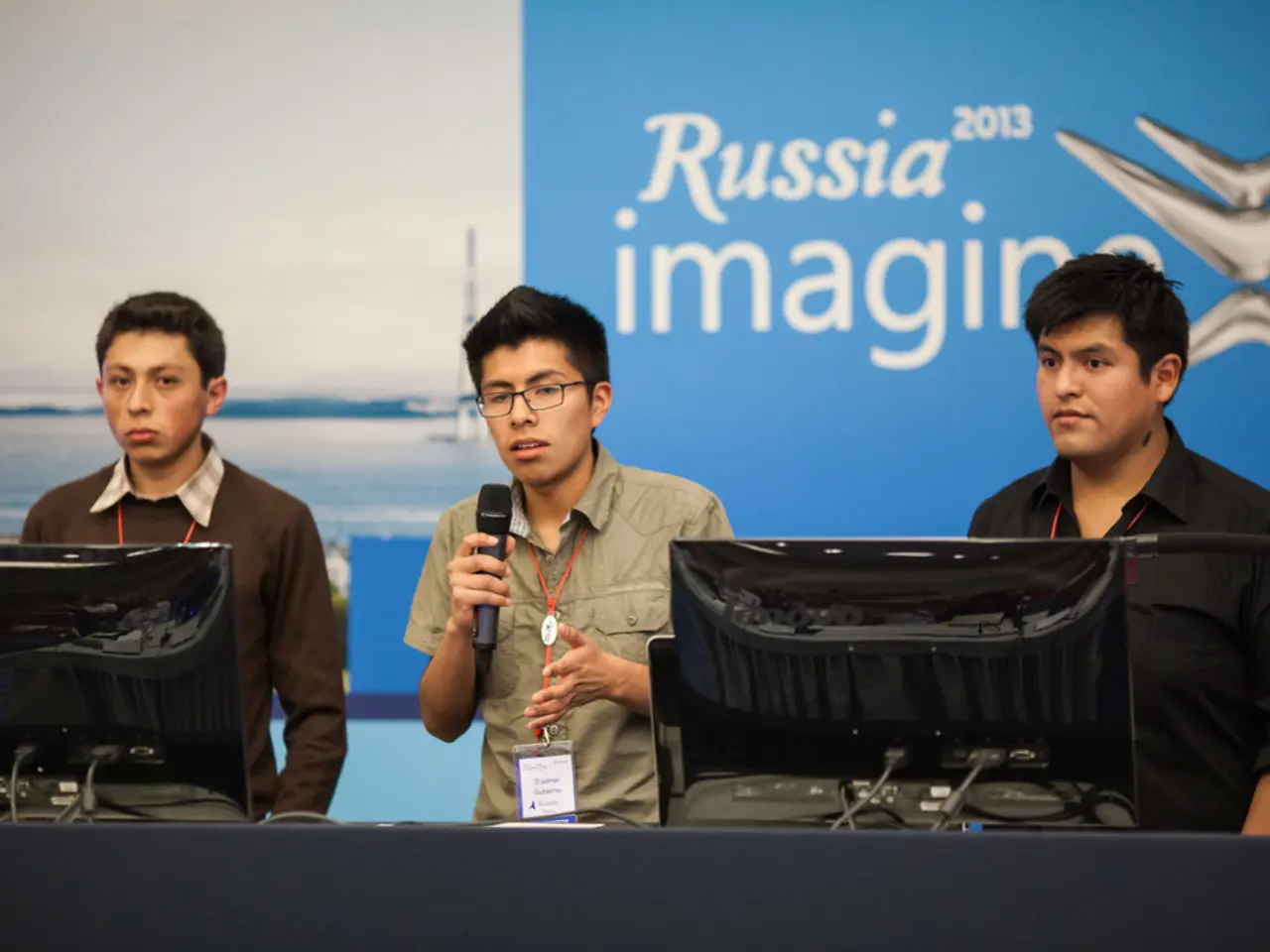U.S.-mediated truce between Armenians and Azerbaijanis met with optimism and skepticism
The South Caucasus region has witnessed a significant shift in geopolitical dynamics following the U.S.-brokered agreement signed by Azerbaijani President Ilham Aliyev and Armenian Prime Minister Nikol Pashinyan in August 2025.
The agreement, which does not constitute a formal peace treaty but represents a significant diplomatic step toward normalization of relations, has been met with hope for peace by some politicians in both countries. For instance, Amir Karimli, head of the opposition People's Front of Azerbaijan Party, has expressed optimism, while Hrach Ghasumyan in Yerevan sees potential economic benefits for Armenia if major routes pass through the country instead of Georgia.
However, opinions in Yerevan are divided. Some are skeptical about the agreement, believing it to be one-sided and unlikely to bring real peace to the region. Ruzanna Ghazaryan in Yerevan, for example, expresses discontent with the terms of the agreement, believing Azerbaijan's stance to be unfavorable.
In Yerevan, residents are uncertain about the agreement, needing more clarification and details. They are particularly concerned about the absence of a resolution for Nagorno-Karabakh, at the heart of the Armenia-Azerbaijan conflict. Despite Azerbaijan regaining control of most of the Nagorno-Karabakh territory in 2023 following a military victory, the region remains unresolved by the agreement.
The agreement includes the creation of a new transit corridor, named the "Trump Route for International Peace and Prosperity." This corridor, which connects Azerbaijan to its exclave Nakhchivan through southern Armenia, has alarmed Iran. Tehran fears increased U.S. and Israeli influence along its northern border, enhanced Turkish regional reach, and the potential loss of transit revenues, leading to strong Iranian objections.
The agreements brokered by the U.S. mark a significant shift from the past Russian-dominated mediation, highlighting a diversification of diplomatic engagements by both Armenia and Azerbaijan towards the West, particularly the U.S. However, Russia still maintains peacekeepers in Nagorno-Karabakh under the 2020 ceasefire agreement. Despite strained relations with Azerbaijan, Moscow retains influence through peacekeeping forces and energy ties.
Arif Hajili, chairman of Azerbaijani opposition party Musavat, believes that the absence of Russia from the process is the most positive aspect of the agreement. He suggests that lasting stability in the region hinges on the continual dwindling of Russian power, which "depends on the outcome of the Russian-Ukrainian war."
Gunduz Aliyev in Baku believes that the U.S. succeeded where Russia failed in acting as a guarantor for the agreement. However, Azerbaijan retains clear military and resource superiority, which it may leverage if disputes persist or escalate. Armenia seeks to lock in concrete benefits and secure reciprocal routes through Azerbaijan to stabilize peace sustainably.
In summary, while the U.S.-brokered agreements represent hopeful progress toward ending the Nagorno-Karabakh conflict, unresolved territorial, constitutional, and border issues keep tensions alive. Geopolitically, the South Caucasus is witnessing a transition from Russian predominance to a more diversified sphere of influence, with increased U.S. and Turkish engagement and regional anxieties raised by Iran regarding new transit corridors and power dynamics.
- The media in Toronto is discussing the U.S.-brokered agreement between Azerbaijan and Armenia, noting that while it offers potential for peace, unresolved issues and geopolitical shifts are causing concern.
- The general news outlets are covering the creation of a new transit corridor, named the "Trump Route for International Peace and Prosperity," which is causing unease in Iran due to potential increased US and Israeli influence along its northern border.
- Some political analysts in Toronto are observing that the agreements, rather than formally ending the conflict, could lead to a more diversified sphere of influence in the South Caucasus, with the US and Turkey playing larger roles, which could be a concern for regional powers like Iran.




